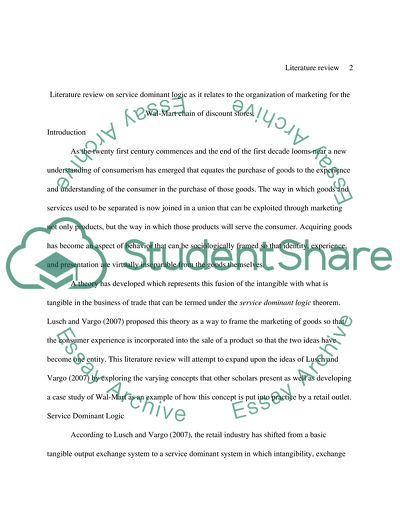Cite this document
(Organization of Marketing for the Wal Mart Chain Literature review, n.d.)
Organization of Marketing for the Wal Mart Chain Literature review. Retrieved from https://studentshare.org/marketing/1736228-how-do-organisations-create-value-in-the-context-of-marketing
Organization of Marketing for the Wal Mart Chain Literature review. Retrieved from https://studentshare.org/marketing/1736228-how-do-organisations-create-value-in-the-context-of-marketing
(Organization of Marketing for the Wal Mart Chain Literature Review)
Organization of Marketing for the Wal Mart Chain Literature Review. https://studentshare.org/marketing/1736228-how-do-organisations-create-value-in-the-context-of-marketing.
Organization of Marketing for the Wal Mart Chain Literature Review. https://studentshare.org/marketing/1736228-how-do-organisations-create-value-in-the-context-of-marketing.
“Organization of Marketing for the Wal Mart Chain Literature Review”. https://studentshare.org/marketing/1736228-how-do-organisations-create-value-in-the-context-of-marketing.


